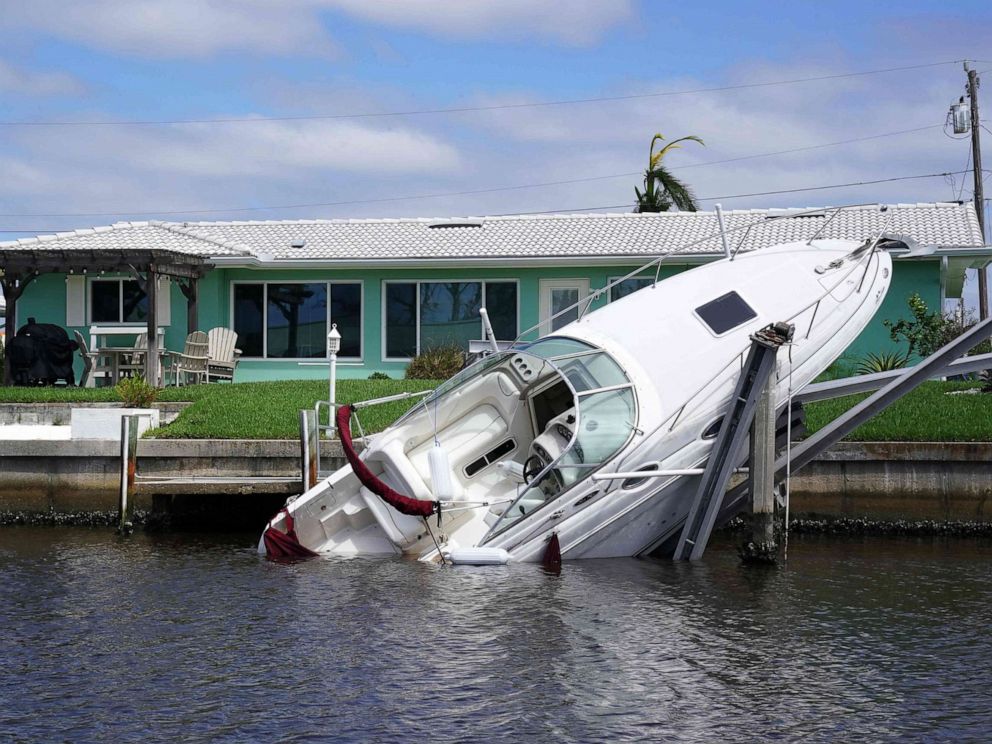Everything You Need to Know About Boat Salvage
Whether you are looking to purchase a boat from a salvage yard or you are in the process of dismantling one that has been salvaged, there are several things you need to know about boat salvage. Get the best salvage services from boat salvage Austin.
Contract salvage vs chance salvage
Using a contract salvor to salvage your ship may be the last thing on your mind, but it is not a bad idea to have a pro on your side. In fact, the benefits of using a professional are many and varied. Among these is the fact that they are willing to go above and beyond to ensure your ship is salvaged. Besides, professional salvors have no problem keeping their equipment in top condition. They also know how to keep your vessel afloat in the worst weather. They can be counted on to get the job done in a hurry.

Chance salvage is a dime a dozen, but the benefits of enlisting the services of a competent salvage team far outweigh the cost of hire. The biggest benefits include the ability to have your ship lifted out of the water quickly and efficiently, and the peace of mind of knowing that your ship will be recovered on time and on budget.
Shipwrecks in the Bahamas
Located just above the tropic of Cancer, the Bahamas is an island chain of coral atolls. The water is clear and impossibly blue, making it one of the world’s best places for snorkeling and scuba diving. There are also a number of shipwrecks in the Bahamas.
There are three types of shipwrecks: shallow wrecks, moderate wrecks, and deep wrecks. Deep wrecks are deeper than 90 feet below the surface. These wrecks are ideal for scuba diving and snorkeling. These sites are protected from storm surges and weather elements.
A shallow wreck is one that is less than 50 feet below the surface. These wrecks are ideal for scuba divers, snorkelers, and adventure seekers. They are easy to navigate and are located close to shark-feeding dive sites.
Moderate-depth wrecks are located between 50 and 90 feet below the surface. These wrecks offer divers the chance to explore coral caverns and other marine life. Some of these wrecks are even found in the movies. For example, the Vulcan bomber from the movie Thunderball was sunk, and now it’s overgrown with corals.
Dismantling a salvaged vessel
Performing ship dismantling involves the removal of components from a ship that has been sunk or is otherwise damaged. The ship may be floated out of the water, or removed from the shore or reef. It may also involve the sale of salvaged equipment to other ship owners.
The Receiver of Wreck (ROW) can be a great resource to help you figure out the legalities of wrecks and wreck related activities. It includes contact information for organisations and agencies that deal with wrecks and salvaged vessels.
Salvage law is not a modern invention. It has a long history, dating back to medieval times. It is a maritime law that recognizes the duty of all vessels to help save other vessels from harm.
The Receiver of Wreck may also seek advice from experts in related fields. It may also offer the wreck material to a museum, or other appropriate place.
There are many risks associated with performing ship dismantling. These include accidents, hypothermia, drowning, and being hit by falling equipment. There are also risks related to the environment, including fires and the movement of water.
Sold for free
Maritime salvage is an industry that has an age-old adage: “No Cure, No Pay.” This means that the shipowner has no obligation to pay for the salvaged cargo if the salvager fails to achieve reasonable success. This is usually agreed upon in the contract. It is also used to prevent unlawful claims of benefits.
Salvage operations are usually limited to a specific time frame. Salvors are not usually members of the SAVE Program. Salvors are contractual employees of operating companies.
Salvagers are also permitted to receive environmental rewards. These rewards are usually determined by a maritime court. These rewards are not common, but they are meant to protect the environment. The reward is determined by a variety of factors. Some factors include the type of vessel involved, the size of the vessel, the type of damage done to the vessel, and whether the boat has an operational engine. The reward is only given when there is no risk of environmental damage to the environment.



